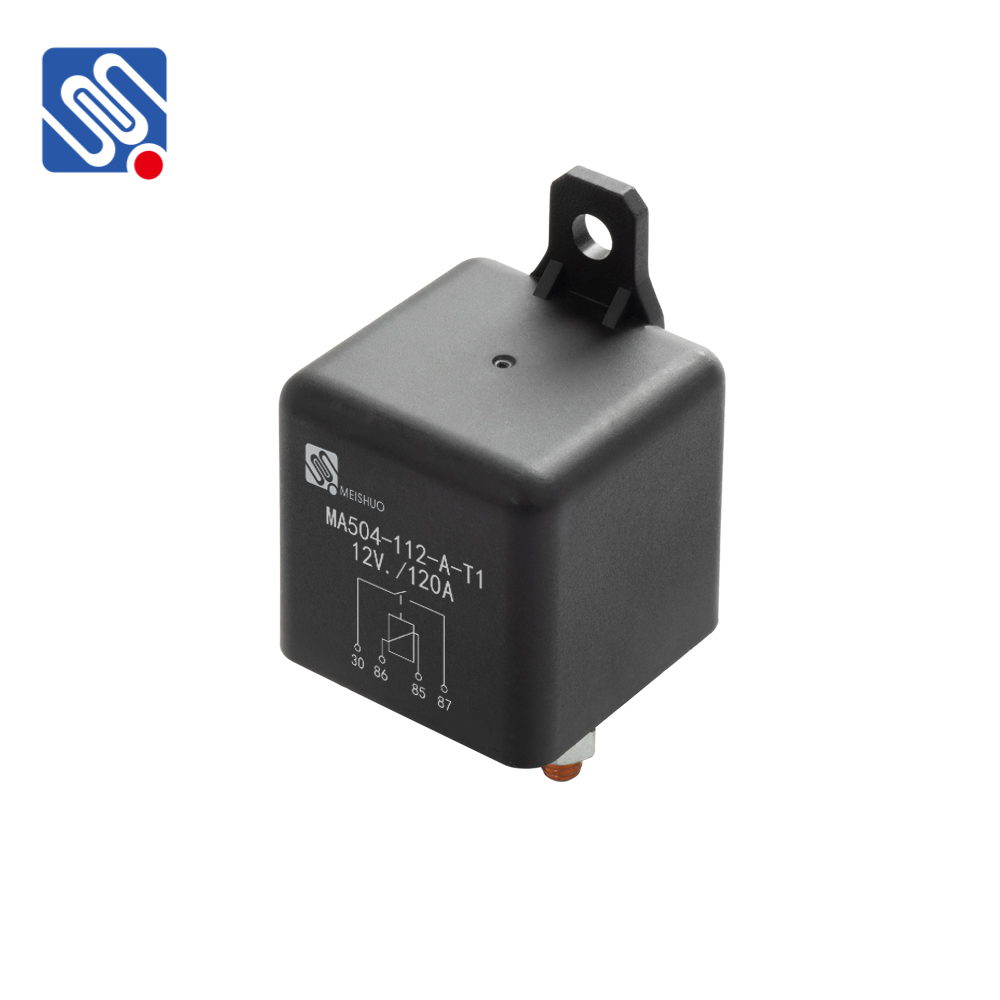understanding relay isolation: a key technology in electrical safety and control
Release time:2025-11-20 04:41:41
Relay isolation is a crucial technology used in electrical and electronic systems to provide protection, enhance reliability, and ensure safe operation in various applications. It allows the separation of circuits, preventing direct electrical connections between control and load circuits, and mitigating potential risks such as overloads, faults, or interference. This article explores the concept of relay isolation, its working principles, types of relays, and the significance of this technology in modern electrical systems.

What is Relay Isolation?
Relay isolation refers to the electrical separation between two circuits, typically achieved through the use of a relay. In this setup, a relay functions as a switch that controls the flow of current from one circuit to another while maintaining electrical isolation between the circuits. This isolation protects sensitive control circuits from potential damage caused by faults or excessive current in the load circuit. Relay isolation is used in a wide range of industries, from industrial automation to consumer electronics, providing a safe and efficient means of controlling high-voltage or high-power devices with low-voltage signals.

